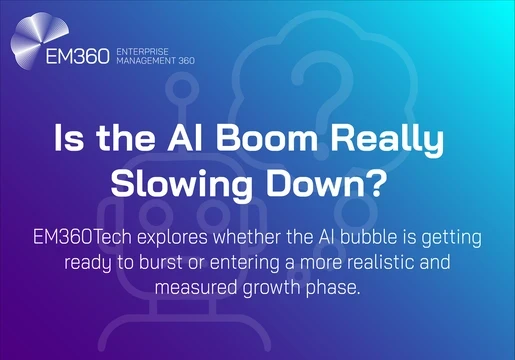Marketing analytics and product analytics are crucial aspects of understanding user behavior, optimizing conversions, and driving business growth. In this article, we will explore the importance of user journeys, the distinction between marketing analytics and product analytics, and provide insights on how to enter the field.

Importance of User Journey
The user journey is a critical factor in both marketing and product analytics. It refers to the path a user takes from the initial interaction with a product or service to the desired action, such as making a purchase or completing a conversion. Here are key points to consider regarding the user journey:
- User satisfaction: A smooth and seamless user experience is paramount to prevent users from leaving a platform or abandoning the conversion process. Prioritizing the user journey helps maintain a positive user experience.
- Conversion optimization: By understanding the user journey, businesses can identify bottlenecks and areas for improvement. Addressing these pain points can significantly impact conversion rates and drive business success.
- Tailored experiences: User journeys can vary depending on the type of product or service being offered. For example, platforms like Noble, which facilitate property sales, have specific user journeys for sellers, providing information on the real estate market, commission rates, and agent options. Tailoring the user journey to different user segments enhances their experience and increases the likelihood of conversion.
Marketing Analytics vs. Product Analytics
While marketing analytics and product analytics are interconnected, they focus on different aspects of the user journey. Here’s a breakdown of each:
Marketing Analytics
- Sales funnel: Marketing analytics primarily revolves around the sales funnel. It involves tracking user engagement, conversion rates, and other metrics to assess the effectiveness of marketing efforts.
- User interest: Marketing analytics helps gauge user interest and identifies the channels, campaigns, or strategies that generate the most engagement and attract potential customers.
Product Analytics
- Holistic perspective: Product analytics encompasses the entire user journey, from sign-ups to engagement with agents and successful deal closures. It offers a comprehensive view of user behavior and enables businesses to optimize their products and services accordingly.
- User experience optimization: Product analytics allows businesses to measure user engagement, identify pain points, and fine-tune the user experience. It provides actionable insights to improve user satisfaction and increase conversions.
Getting Into the Industry: Product Analytics and Marketing Analytics
Entering the field of product analytics and marketing analytics requires a combination of technical skills and a business mindset. Here are some key considerations:
Technical Skills
- Solid foundation: Acquire a good understanding of basic statistics, probability theory, Python, and SQL. These technical skills form the backbone of data analysis and modeling.
- Practical application: While technical skills are crucial, practical application is equally important. Apply these skills to real-world data sets, answer questions, and immerse yourself in the field of analytics.
Business Sense and Problem-Solving
- Understand the business: Develop a business sense to comprehend the goals, challenges, and trends within the industry you’re working in. Recognize the nuances of user behavior and conversion optimization specific to the product or service you’re analyzing.
- Problem-solving mindset: Product and marketing analytics involve solving complex problems. Sharpen your problem-solving skills to identify bottlenecks, make data-driven decisions, and optimize the user journey.
Continuous Learning
1. Read books on business and analytics: Books such as “Lean Analytics” by Alistair Croll and Benjamin Yoskovitz, and “The Lean Startup” by Eric Ries provide valuable insights into analytics and the entrepreneurial mindset.
2. Engage with the community: Participate in workshops, attend conferences, and join relevant online communities. Engaging with peers and industry professionals offers opportunities for learning, networking, and staying updated with the latest trends.
Conclusion
Understanding user journeys through marketing analytics and product analytics is crucial for businesses to optimize conversions, enhance user experiences, and drive growth. While technical skills are essential, developing a business mindset, problem-solving abilities, and continuously learning are equally important for success in the field.
Entering the industry requires a combination of technical knowledge and practical application, along with a strong understanding of business dynamics. By immersing yourself in data analysis, keeping up with industry trends, and engaging with the analytics community, you can pave your way into the exciting field of marketing and product analytics.







Comments ( 0 )